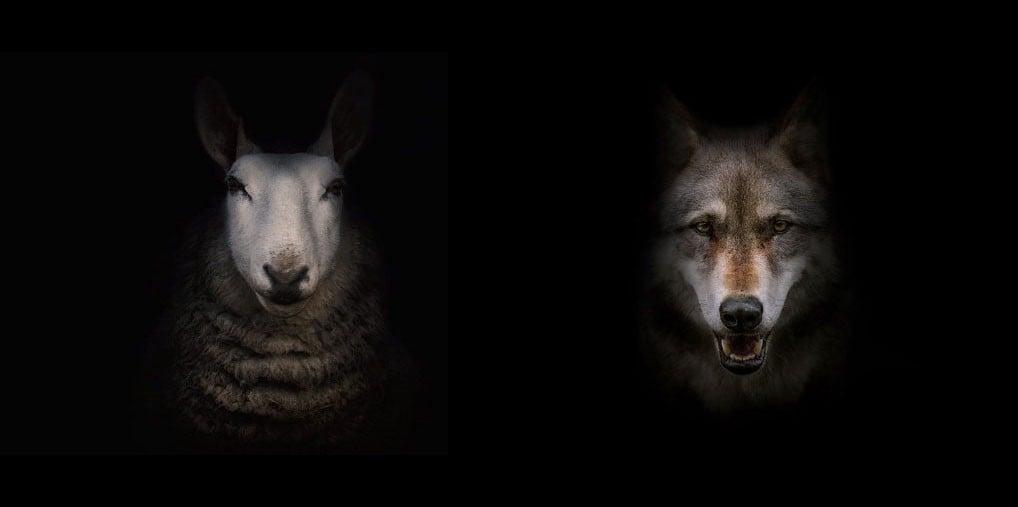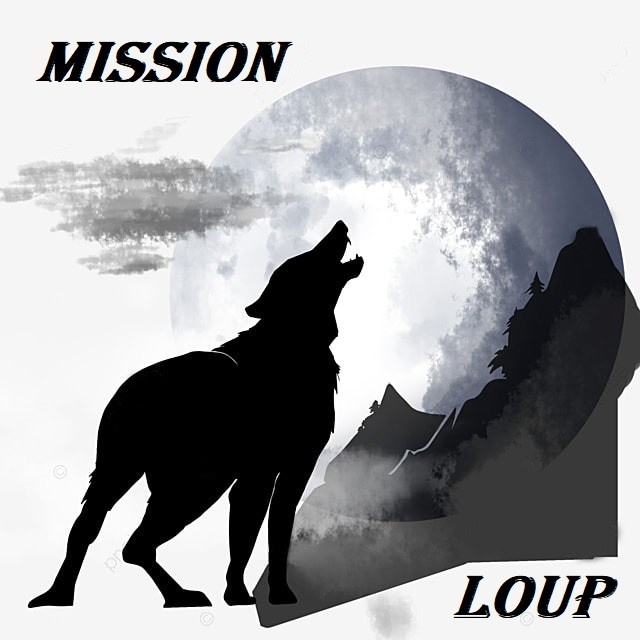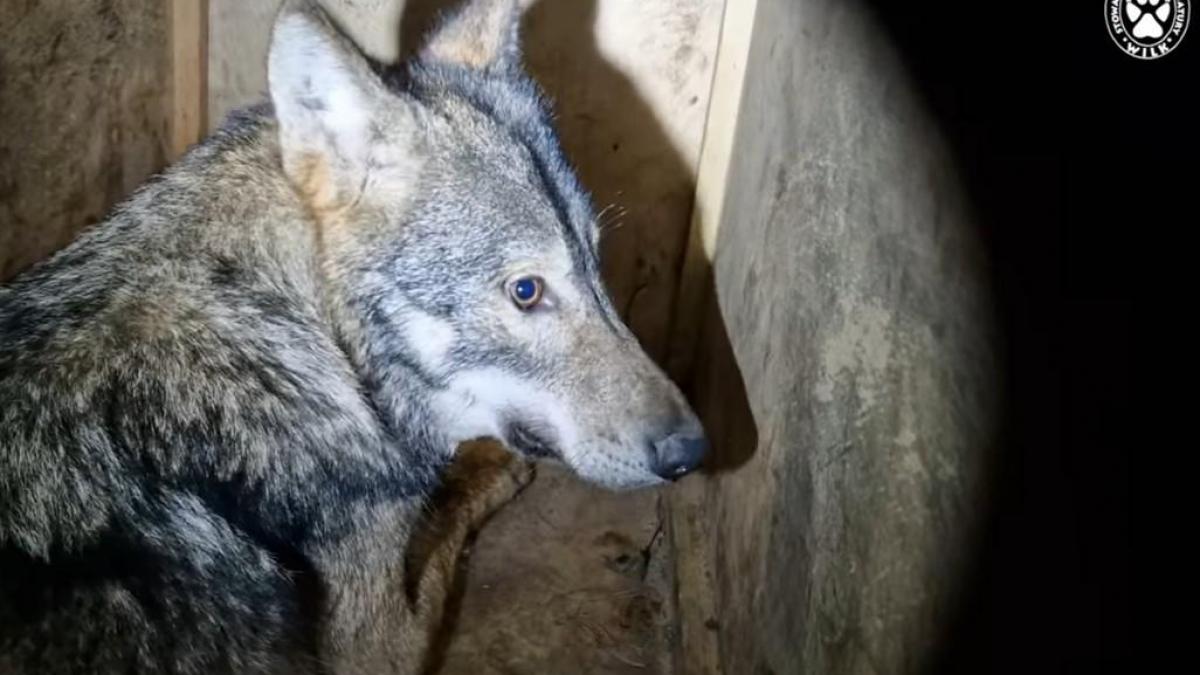Until now, wolf control in Switzerland has been reactive. This allows a wolf to be shot as soon as it has reached or exceeded the number of victims in a protected situation (at least one of the protective equipment for livestock, i.e. electrified fences and guard dog(s)), or on unprotected pastures (labelled as such because their topography does not allow the use of any protection equipment). Currently, in areas where wolves are already present, a wolf can be shot after the death of at least 6 animals in 4 months (OChP, art 9 bis 39).
In the case of packs, reactive regulation initially recommends shooting cubs, up to a limit of 75% of the year's pups, provided that the canton has proof of reproduction in the current year. Subadults may also be shot. In exceptional cases, one member of a breeding pair may be shot, in accordance with well-established requirements : it must have committed the majority of attacks over the previous two years. Until now, assessment has been based on DNA samples taken from victims or droppings found near the attack site. This is highly questionable, as DNA does not show which individual is the leader, leads the attack, has learned (and passes on) any undesirable behaviours (habituation, misuse of protective equipment), but simply which individual bit the prey during the attack. However, all the wolves in a pack can leave their DNA on the prey as they ate it. The one who bit the prey in the throat is not necessarily the leader or the one we would like to point the finger at. Shooting is only possible between November and January. In fact, this is a period that we could define as "safe" for the conservation of the pack and the species, as the cubs are now ready to leave and annual reproduction has not yet taken place.
According to the law passed in Parliament in December 2022, the shooting of entire packs was to remain exceptional, as is already the case for the shooting of members of breeding pairs. To carry out such a shooting, the pack had to have committed heavy damage on livestock mostly in protected situations, and be considered "uncontrollable" (by which we mean having created a strong habituation, too frequent on farm animals or diverting protection equipment, putting heavy pressure on livestock). Other methods should normally have been applied before reaching the extreme of shooting the whole pack as scaring, shooting individuals within the pack etc.
Reactive regulation offers a certain amount of hindsight, as it still assesses the need to understand and respect vital periods for the wolf, the pack and its survival, and the importance of harvesting the right individual to avoid negative effects, both for the lupine population (destabilization of the pack, dislocation, rapid dispersal, etc.) and for livestock (increased attacks). It therefore focuses on reacting to attacks according to a number of important factors : frequency, situation, environment, type of breeding, protection equipment put in place, detour or habituation of the predator, possible study of its behavior/functioning, of the individual that can or must be harvested, etc.
It's quite clear that, for farmers affected by attacks with protection in place, solutions or shooting can never come quickly enough. We fully understand this, and it's 100% legitimate. But, as we know, haste is never good advice, especially when it comes to a species like the wolf and all types of predator. We remind you that predators function in a totally different way to prey species, and that it is therefore impossible, and even extremely dangerous, to apply the same regulation methods as for their prey. Shooting, if it is to have any chance of leading to a stabilization or reduction in attacks, must be based on an in-depth study of the individual, the pack, the situation, the environment, the type of breeding, the protection equipment in place (many factors, once again).
To understand regulation, we need to take into account the whole subject, the multiple parameters that make it up, and understand the consequences for the predator, its population and, above all, for livestock (increased, stabilized or reduced losses). We need to understand what factors can cause changes in a pack's behavior and organisation, in its numbers, in the attacks and pressures it generates on livestock, etc. Any intervention without hindsight, carried out too repeatedly, intensively or arbitrarily can then, depending on the circumstances (always multifactorial, i.e. specific to each pack, situation etc.), lead to far worse situations, especially for the breeders, which is the last thing we want.
Article : TT - Wolf Mission


